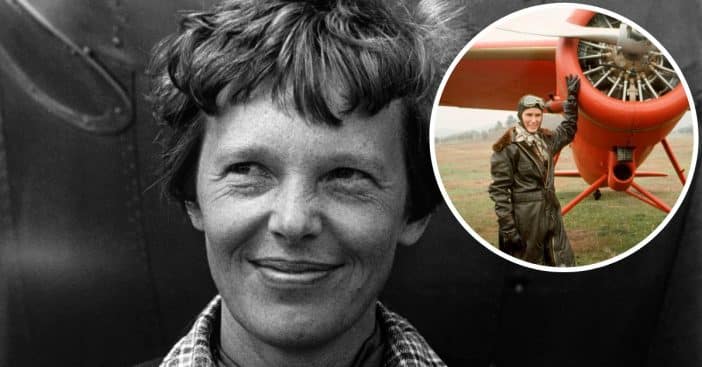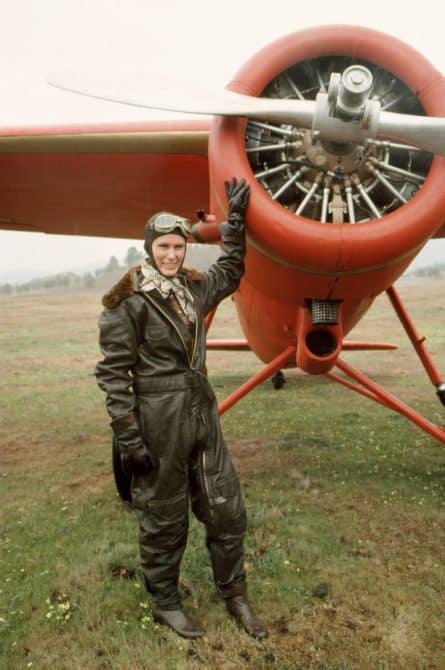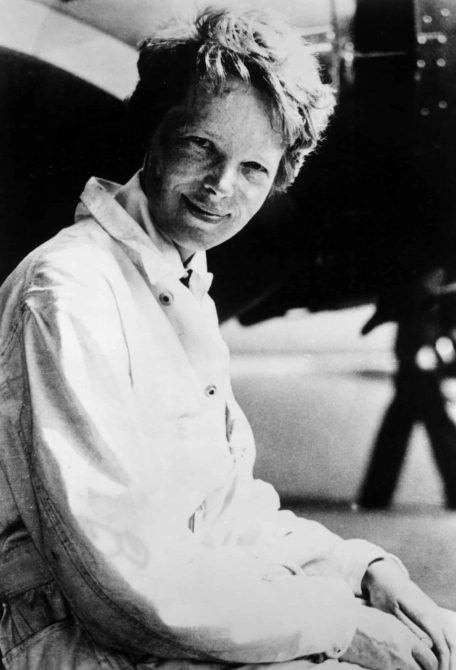
Amelia Earhart, a trailblazing American aviator, etched her name in history by becoming the first woman to undertake a solo transatlantic flight in 1932. The aviation world was left in shock and bewilderment in 1937 when Earhart and her navigator, Fred Noonan, mysteriously vanished during their ambitious attempt to circumnavigate the globe.
Despite the passage of time, her story continues to fascinate and inspire individuals worldwide, with many hoping to uncover the truth behind her fateful journey. However, in recent times, a glimmer of hope has emerged in the form of a new lead, reigniting interest in the events surrounding Earhart’s disappearance.
Several theories have emerged about Amelia Earhart’s disappearance

The mysterious disappearance of the pilot and her companion has spawned an inexhaustible spectrum of hypotheses—Electra aircraft met its demise in the ocean’s depths, sinking into its abyss after Earhart and Noonan depleted their fuel reserves.
RELATED: Bones Found On South Pacific Island ‘Likely’ To Be Famed Pilot, Amelia Earhart’s
Conversely, an alternative theory suggests that Earhart and Noonan successfully executed an emergency landing on the coral reef barrier encircling Gardner Island, now recognized as Nikumaroro Island, situated approximately 350 nautical miles southeast of Howland. This conjecture is fortified by the emergence of distress radio signals originating from the island shortly after the presumed crash.

Researchers have found a piece of evidence that can shed light on Amelia Earhart’s disappearance
The International Group for Historic Aircraft Recovery (TIGHAR), a prominent organization deeply invested in unraveling Amelia Earhart’s mysteries, has recently come across a compelling discovery—a photograph from 2009 that has reignited their interest.

In an interview with the Daily Mail, Ric Gillespie, the organization’s executive director who still holds on to the Gardner Island theory, revealed that the photograph, taken underwater over a decade ago, could potentially reveal the engine cowling of Earhart’s aircraft. “The similarity to an engine cowling and prop shaft was not noticed until years later,” he told the news outlet. “And the exact location was not noted at the time, which meant attempts to relocate the object were unsuccessful.”
